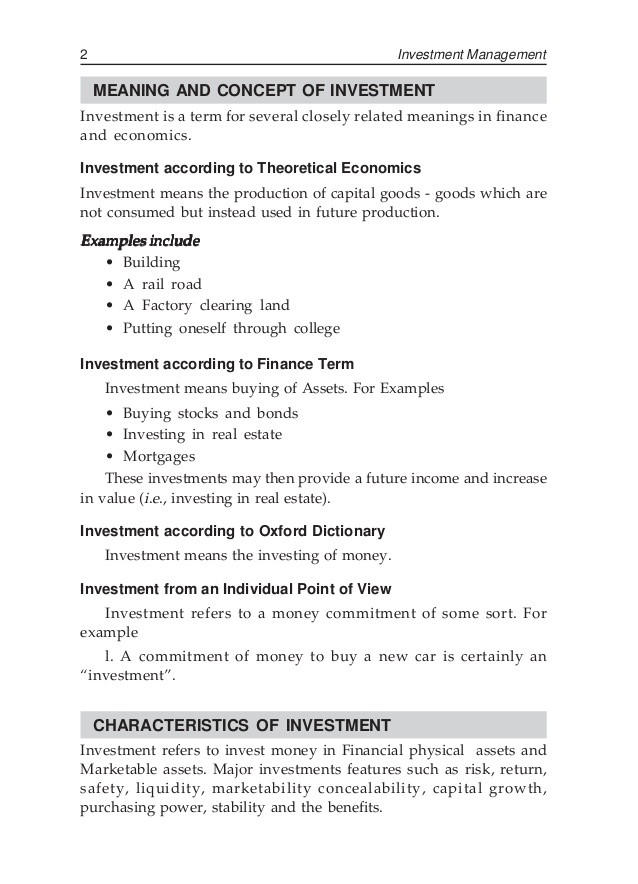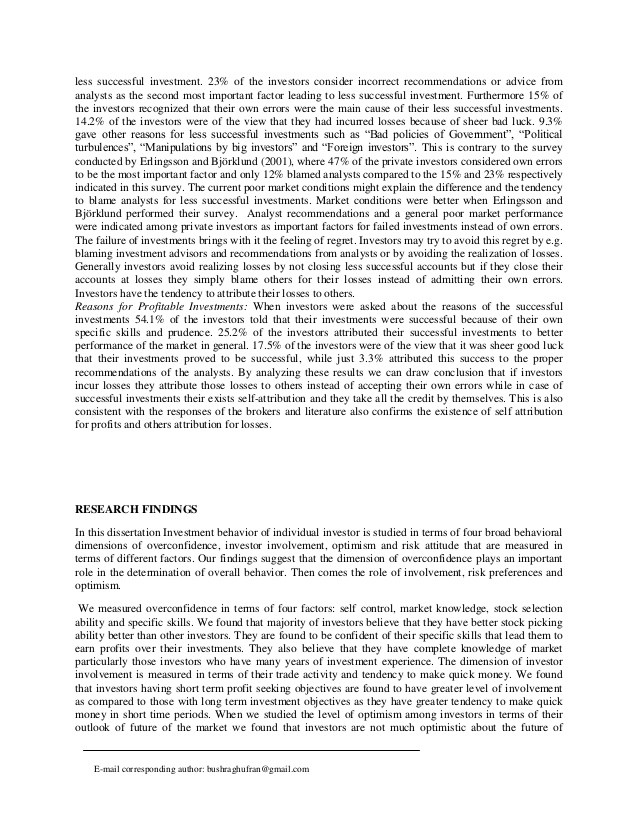Is fear factor hurting returns of riskaverse investors
Post on: 18 Июнь, 2015 No Comment

Investors can’t seem to shake the memories of major stock plunges in 2007 and 2000. Not even the Dow’s 8,255-point rally since 2009 has eased fears.
Story Highlights
- Despite rise of 8,255 points in bull market, Dow bull run still has doubters Fears might be overblown, given stocks have suffered 20%-plus drops in just six years since 1926 S&P 500 has posted annual gains two-thirds of the time in past 87 years
NEW YORK — The Dow has climbed 8,255 points in its record-breaking run to a new all-time high. But every rally along the way found most investors still worrying about the 7,617 points it lost during the 2007-09 bear market.
Despite the Dow Jones industrial average’s 126% climb to 14,802.24 since March 2009, the fear factor has been more dominant than the greed factor. The retail investor class, which in the late 1990s romanced stocks, never regained its trust in stocks following two 50% meltdowns since 2000. Burned investors instead turned their affections to cash, bonds and gold, or any other asset deemed safer than stocks.
Was the fear of another massive stock market plunge, or wealth-shredding black-swan event, overblown by risk-averse Main Street investors?
Yes, based on an analysis of annual stock market returns, including dividends, dating back to 1926. Despite worries about stocks tanking again, like they did after the tech-stock bubble burst in 2000 and during the 2008 financial crisis, the Standard & Poor’s 500-stock index has suffered calendar year losses greater than 20% in just six years since 1926, says Strategas Research Partners. That’s less than 7% of the time. The bulk of those massive wealth-destroying declines occurred in the 1930s following the Great Depression, the high-inflation era of the mid-’70s and in 2008 during the financial meltdown.

In contrast, there have been 32 years in which the broad market gauge soared more than 20%. It rose from 10% to 20% in 17 years. That means the market gained 10% or more over half the time.
The takeaway: It looks like many investors, fearing the worst, have been ignoring the fact that the stock market goes up two-thirds of the time. And, as a result, worrying about worst-case scenarios, such as a second financial crisis, a breakdown of the global financial system, a bank run in Europe, a looming stock market correction, or the U.S. economy suffering a major relapse, might have caused more harm than good.
The back-to-back 50% declines shook people up because it was so unprecedented, says Nicholas Sargen, chief investment officer at Fort Washington Advisors. But if you ask me what is the likelihood of having three mega-downturns occurring within a decade and a half, I would say it’s a low-probability event.
But Sargen says investors shouldn’t let their guards down, as he can’t entirely rule out Financial Crisis Round Two, given continued risk due to Europe’s debt crisis, other geopolitical risks and central bank monetary policy.
Has the fear factor been overblown? It always has been, says Jim Paulsen, chief investment strategist at Wells Capital Management. If the market pulls back 1% the headline news is that things are cratering on Wall Street. It is hard to have a sustainable downside move when the national mindset is so gloomy about the future.
But fearing a steep drop isn’t totally irrational. The market goes up most of the time but it is interrupted by declines, which are more dramatic, says Paulsen.














